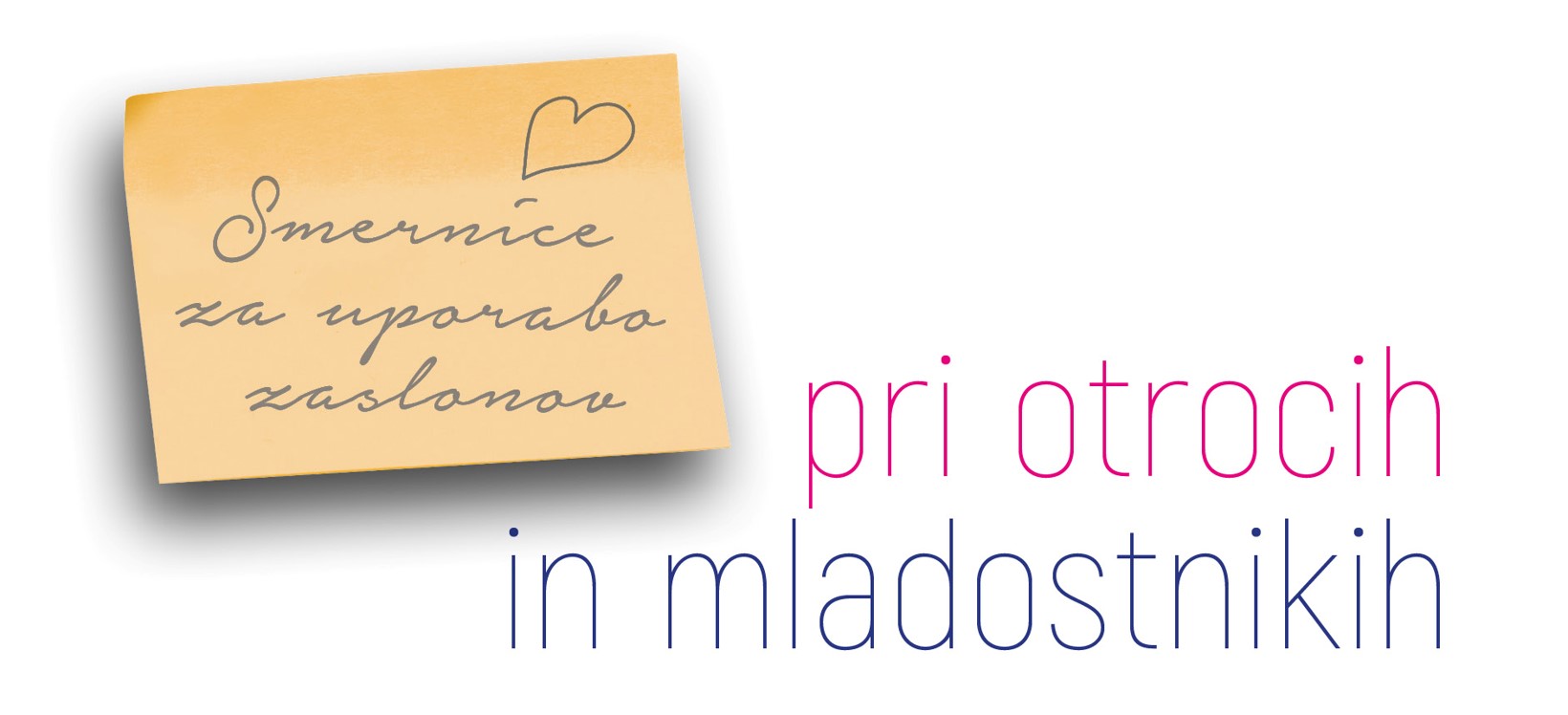Slovenian paediatricians are increasingly encountering children and adolescents who have developed various difficulties due to the inappropriate use of devices with screens. Preschool children stand out especially, as they seem to be particularly affected by premature and prolonged exposure to screens.

It is concerning that more and more pre-schoolers are going to paediatric clinics, including two- and three-year-old children with significant developmental difficulties. “These children are observed to be very restless, have short-term attention, are confused, rarely make eye contact, and have troubles with communication and socialisation. We often find that such children are excessively exposed to screens from an early age", explained Denis Baš, M.D., a specialist in paediatrics. He added that children exposed to screens from a very young age have also been shown to obtain poorer results in developmental tests and may have more problems later in their school years.
For this reason, paediatricians from the Primary Paediatrics Section of the Paediatric Association, under the auspices of the Primary Health Care Committee of the Medical Chamber of Slovenia, together with experts from the Safe.si Awareness Centre (part of the Slovenian Safer Internet Centre) and several other organisations have produced the first national screentime guidelines for children and adolescents. The guidelines were drawn up on the basis of research findings and a broad consensus of many experts, following examples of similar guides from abroad. The document was developed in agreement among paediatricians, school physicians, child psychiatrists, psychologists, the Institute of Education, occupational therapists, speech therapists, nurses, special educators, representatives from the National Health Institute, and others. The guidelines have subsequently received broad support from various professional associations and are also supported by both the Minister of Education, Science and Sport and the Minister of Health in Slovenia.

The guidelines are primarily aimed at all professionals working with children and young people, whether in education, health or other professional services. The aim is for all professionals to work in a coordinated and consistent way and to raise awareness about the importance of screen time limits, appropriate use, and the quality of selected content that children and teenagers view via screens.
In addition to the guidelines, a special print copy has been created and designed, as well as a leaflet to be distributed to parents and carers. The Slovenian Safer Internet Centre hopes that this will make an important contribution to raising parents' awareness about the need for balanced and healthy screen use by children and young people.
The Medical Chamber of Slovenia website provides additional information (in Slovenian) about the initiative, as well as a PDF version of the guidelines.
Find out more about the work of the Slovenian Safer Internet Centre, including its awareness raising, helpline, hotline and youth participation services, or find similar information for Safer Internet Centres throughout Europe.
Slovenian paediatricians are increasingly encountering children and adolescents who have developed various difficulties due to the inappropriate use of devices with screens. Preschool children stand out especially, as they seem to be particularly affected by premature and prolonged exposure to screens.

It is concerning that more and more pre-schoolers are going to paediatric clinics, including two- and three-year-old children with significant developmental difficulties. “These children are observed to be very restless, have short-term attention, are confused, rarely make eye contact, and have troubles with communication and socialisation. We often find that such children are excessively exposed to screens from an early age", explained Denis Baš, M.D., a specialist in paediatrics. He added that children exposed to screens from a very young age have also been shown to obtain poorer results in developmental tests and may have more problems later in their school years.
For this reason, paediatricians from the Primary Paediatrics Section of the Paediatric Association, under the auspices of the Primary Health Care Committee of the Medical Chamber of Slovenia, together with experts from the Safe.si Awareness Centre (part of the Slovenian Safer Internet Centre) and several other organisations have produced the first national screentime guidelines for children and adolescents. The guidelines were drawn up on the basis of research findings and a broad consensus of many experts, following examples of similar guides from abroad. The document was developed in agreement among paediatricians, school physicians, child psychiatrists, psychologists, the Institute of Education, occupational therapists, speech therapists, nurses, special educators, representatives from the National Health Institute, and others. The guidelines have subsequently received broad support from various professional associations and are also supported by both the Minister of Education, Science and Sport and the Minister of Health in Slovenia.

The guidelines are primarily aimed at all professionals working with children and young people, whether in education, health or other professional services. The aim is for all professionals to work in a coordinated and consistent way and to raise awareness about the importance of screen time limits, appropriate use, and the quality of selected content that children and teenagers view via screens.
In addition to the guidelines, a special print copy has been created and designed, as well as a leaflet to be distributed to parents and carers. The Slovenian Safer Internet Centre hopes that this will make an important contribution to raising parents' awareness about the need for balanced and healthy screen use by children and young people.
The Medical Chamber of Slovenia website provides additional information (in Slovenian) about the initiative, as well as a PDF version of the guidelines.
Find out more about the work of the Slovenian Safer Internet Centre, including its awareness raising, helpline, hotline and youth participation services, or find similar information for Safer Internet Centres throughout Europe.
- well-being excessive use of technology
Related content
- < Previous article
- Next article >












